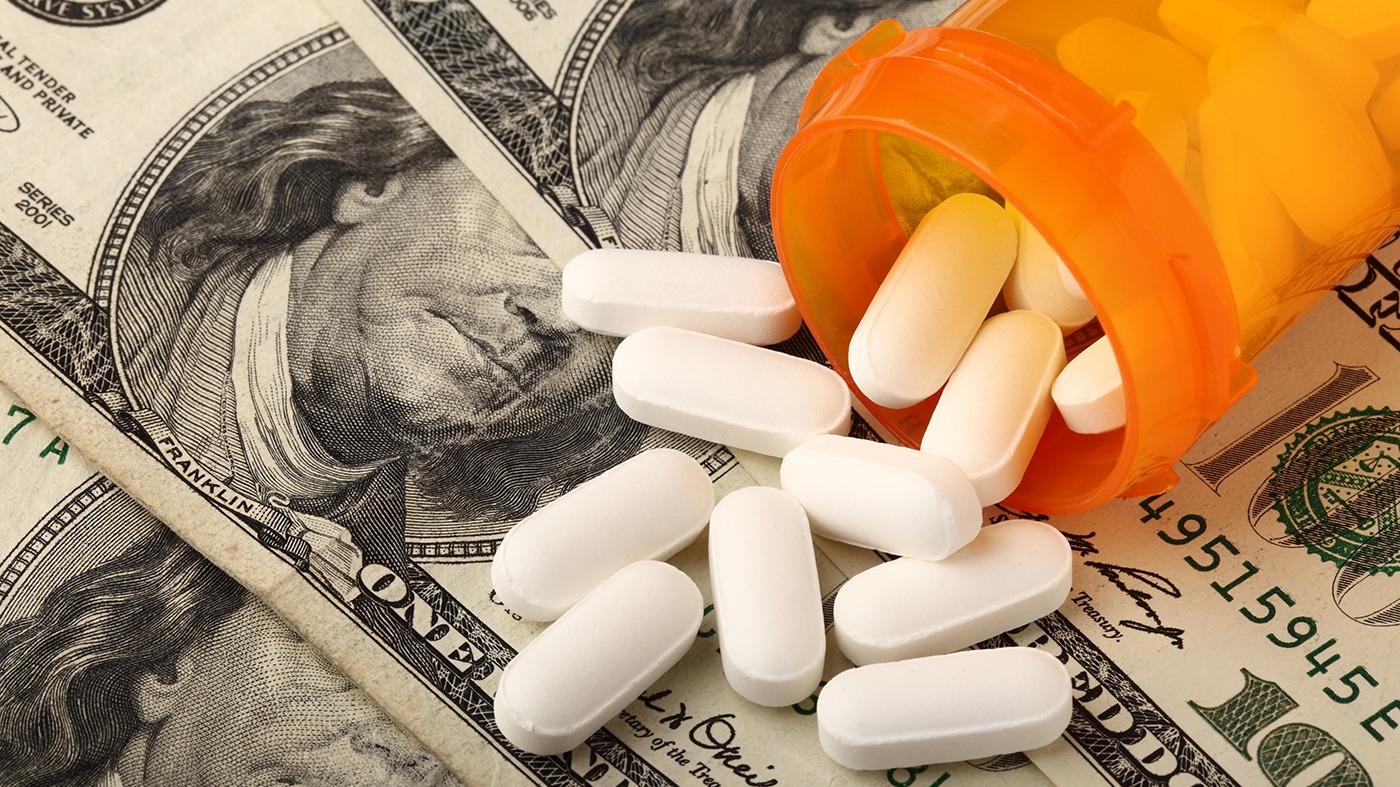For decades, the collaborative partnership between the U.S. government and private investors has driven the development of numerous groundbreaking drugs, benefiting both American citizens and people around the globe. However, this longstanding relationship faces a serious threat.
In 1980, the Bayh-Dole Act changed things a lot. It let companies keep control and make money from inventions that came from research paid for by the government. Since then, this law has been really important in finding new drugs. A big chunk of U.S. patents for drugs come from research funded by the government.
One key provision of the Bayh-Dole Act is the concept of “march-in rights,” empowering the government to intervene in cases where patents developed with public funding restrict public access. While petitions for these rights have been submitted in the past, they have seen limited success.
Biden’s Medicare price controls will hurt millions of Americans (Credits: The Hill)
In December 2023, the National Institute of Standards and Technology proposed expanding march-in rights to enable federal agencies to seize private intellectual property if deemed necessary due to “unreasonable” drug pricing. However, this move raises concerns about the fundamental principles of free market capitalism and the incentives for innovation.
Balancing incentive and protection is essential for fostering innovation. Without the assurance of reaping profits from their inventions, inventors may be reluctant to undertake the risks associated with research and development.
The Bayh-Dole Act addressed this imbalance by allowing inventors to retain exclusive rights, leading to a surge in private sector and university research.
Expanding march-in rights could have dire consequences for American companies, employees, consumers, and patients. It may discourage investment in research and development, particularly among startups, where groundbreaking advancements often originate.
Additionally, it could stifle competition and hinder technological progress, finally impacting global health initiatives.
Solving the ‘parking’ problem in the drug monopoly game (Credits: The Hill)
The Canadian experience with “compulsory licensing” serves as a cautionary tale, highlighting the potential pitfalls of government intervention in drug pricing. The Bayh-Dole Act has provided assurance to investors and inventors, fueling innovation and driving the development of life-saving treatments.
Maintaining intellectual property rights is crucial for innovators to attract investment and deliver returns to stakeholders. However, the prospect of expanded march-in rights introduces uncertainty, potentially driving investors away and undermining future innovation efforts.
Increased march-in rights could set a precedent for other countries to exploit the process, posing a threat not only to American businesses and patients but also to global innovation ecosystems.
Balancing innovation incentives with public access remains a complex challenge, one that requires careful consideration of the long-term implications for both domestic and international stakeholders.
